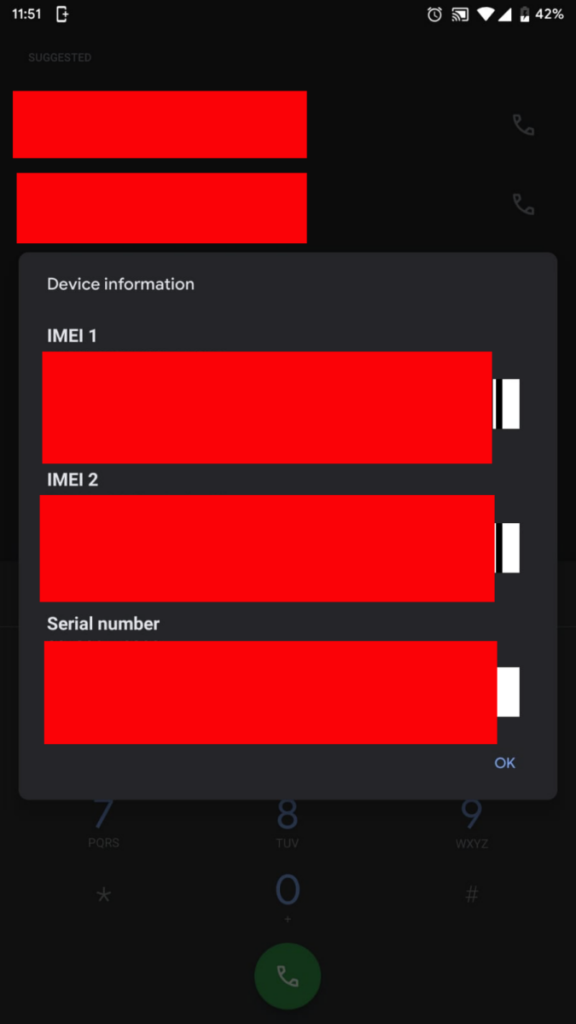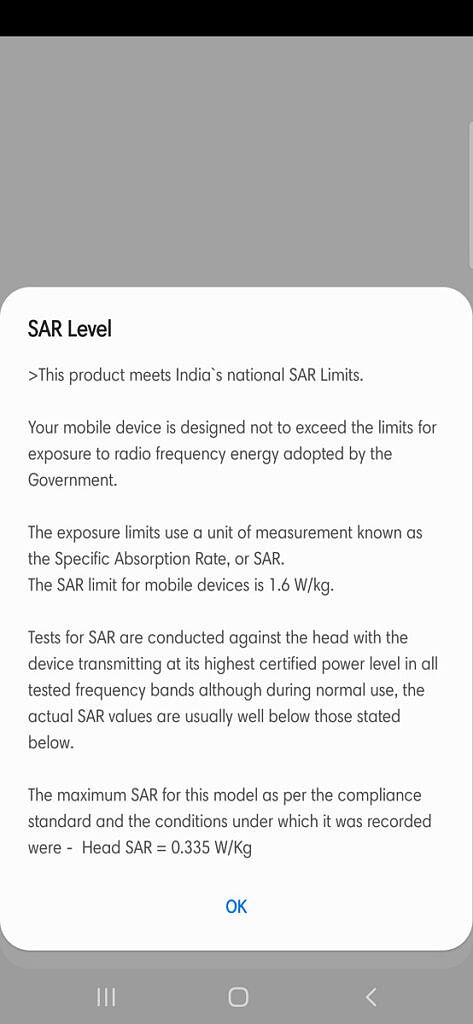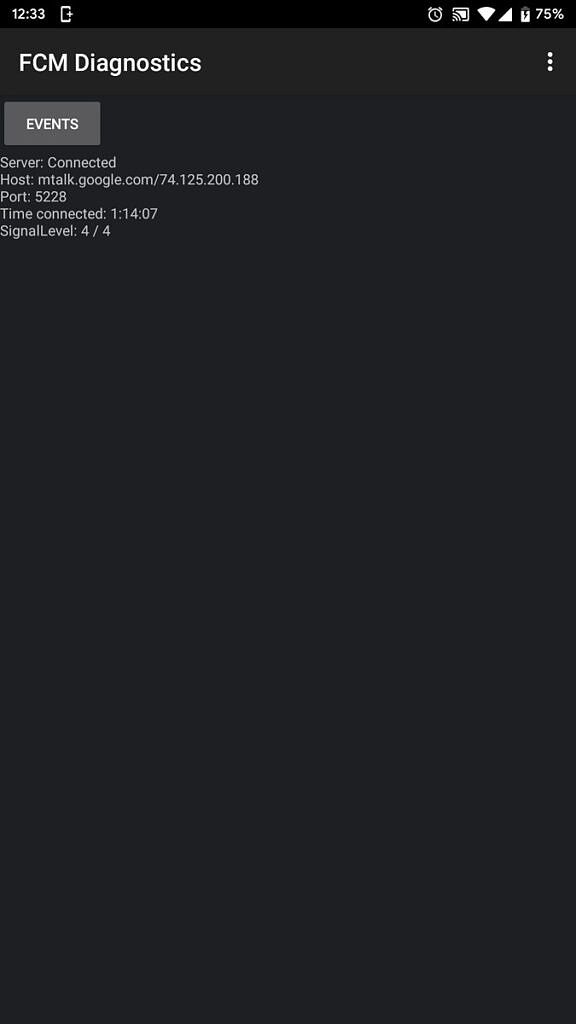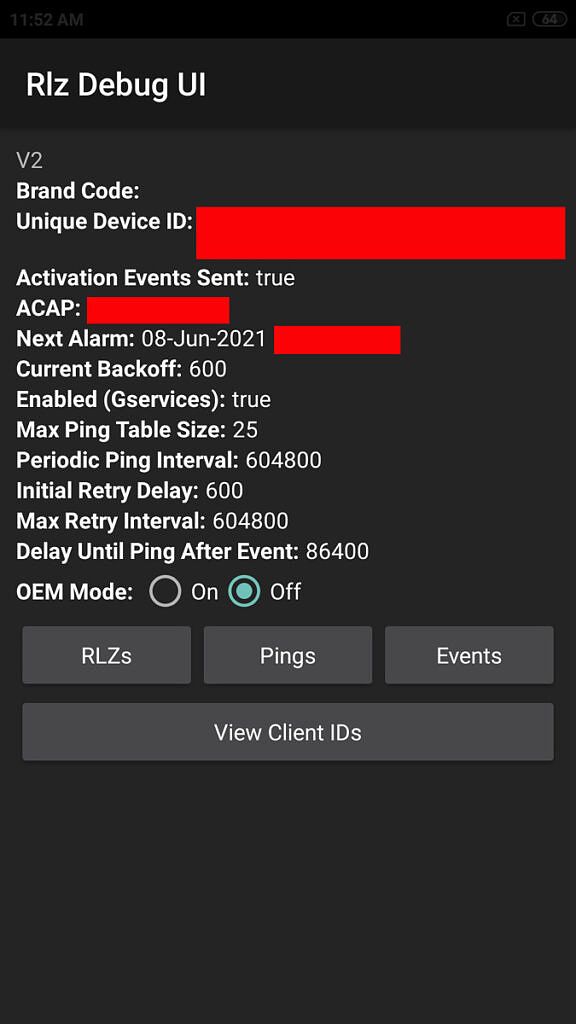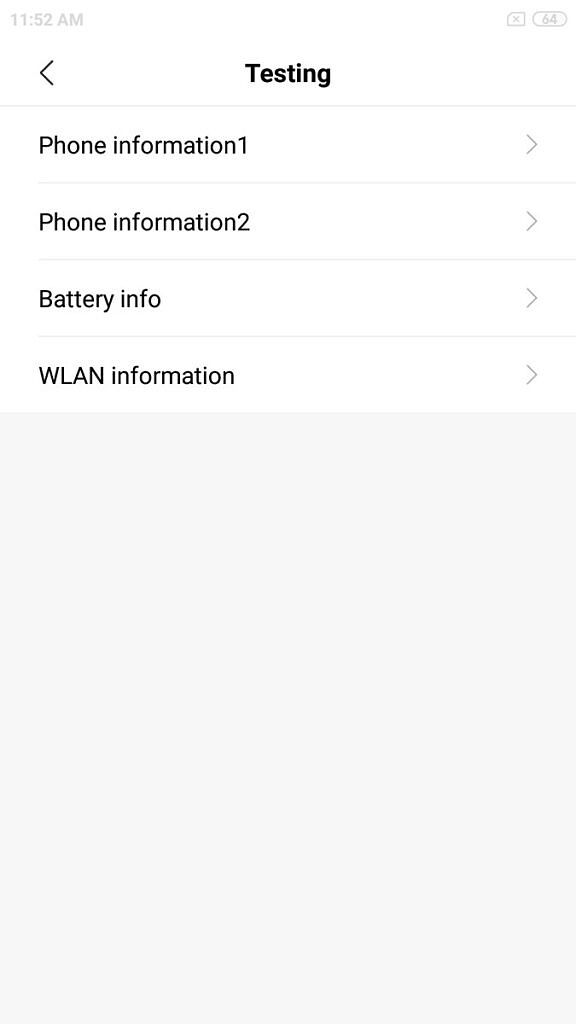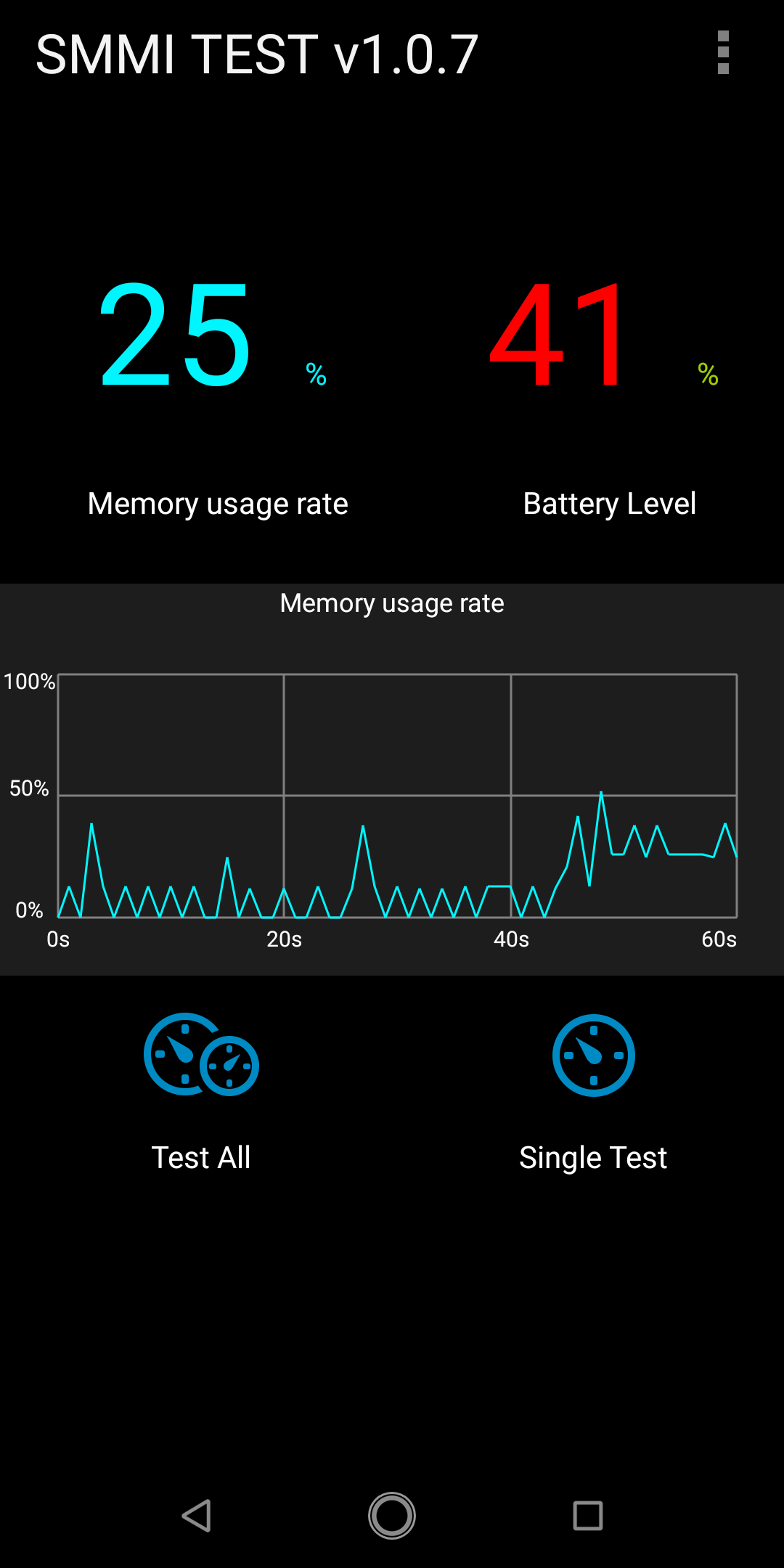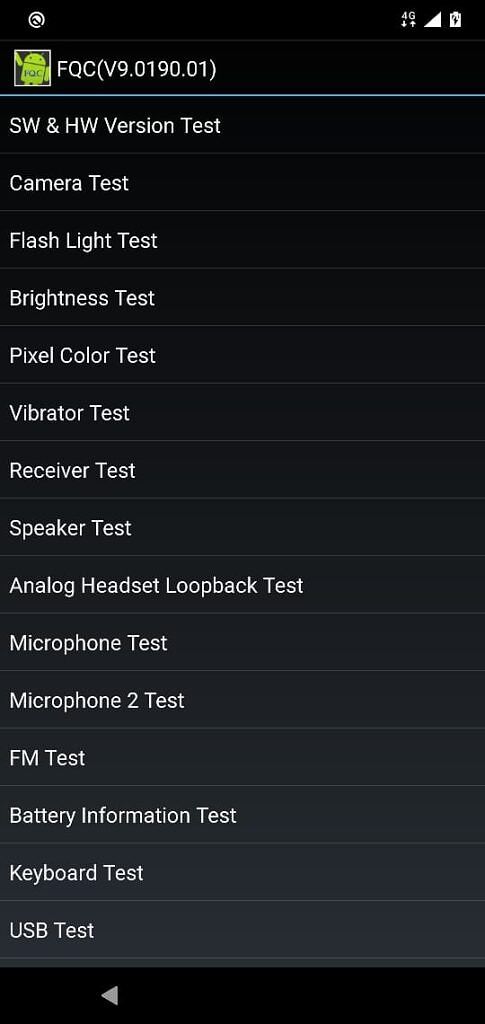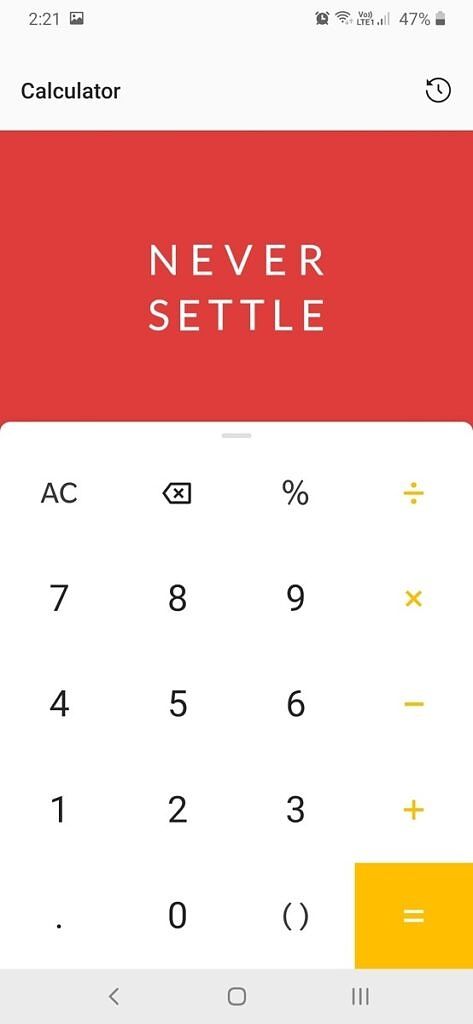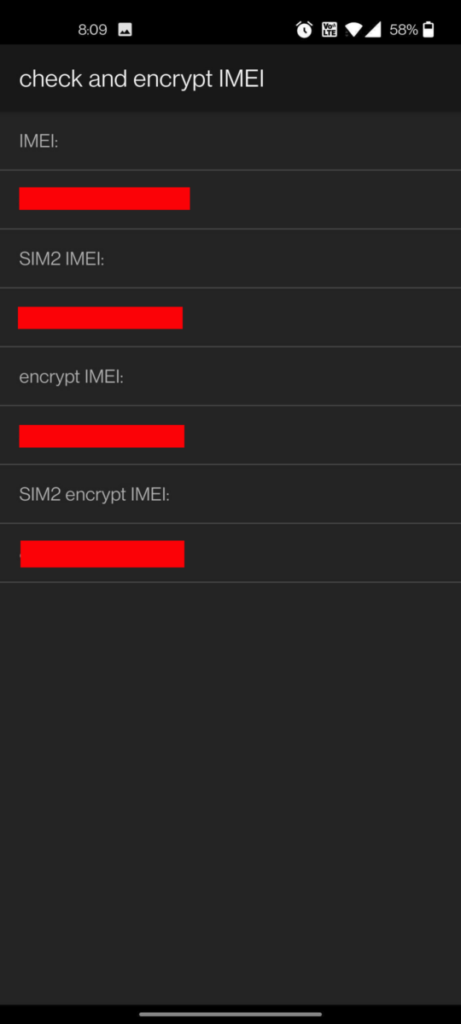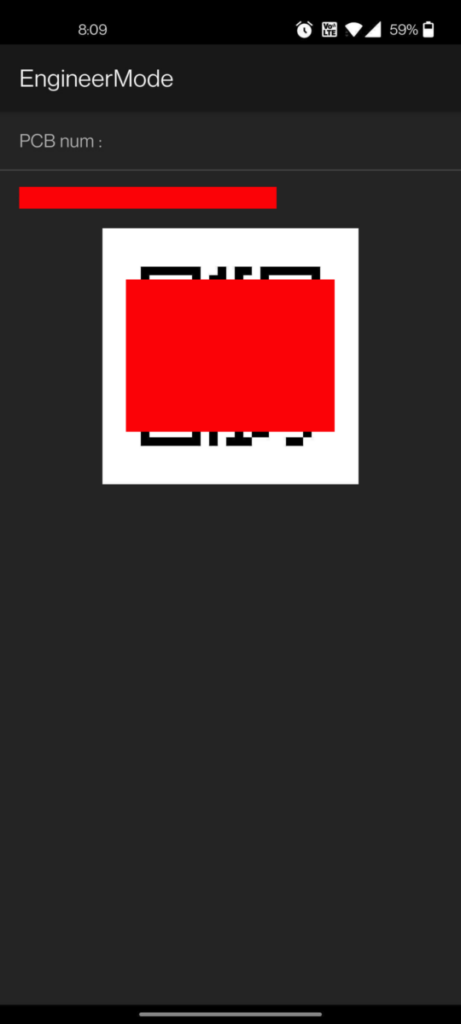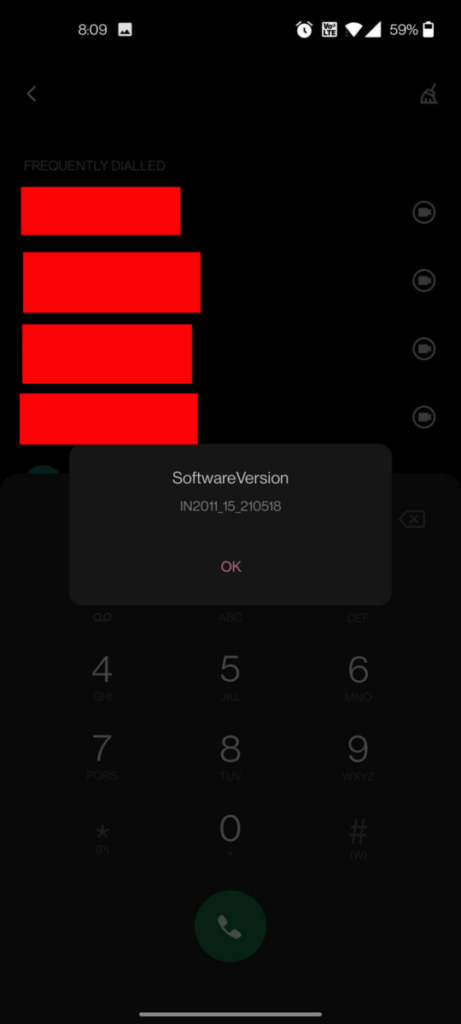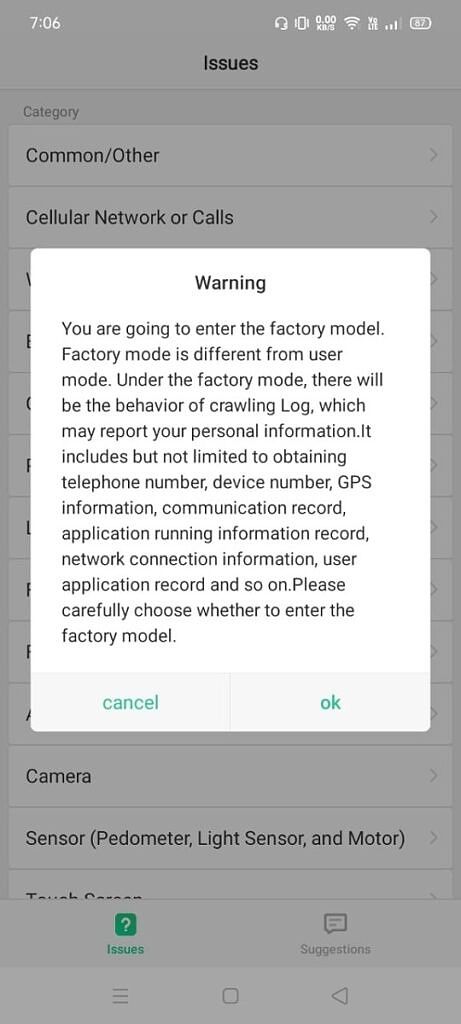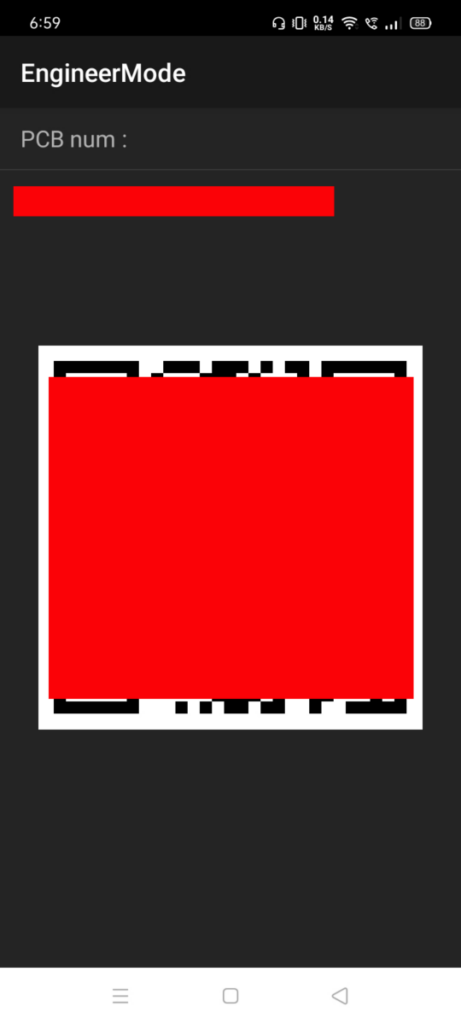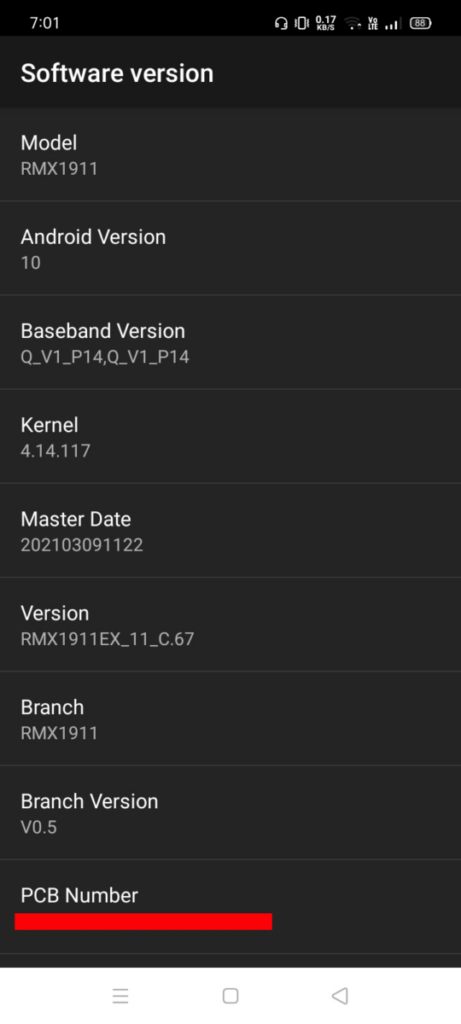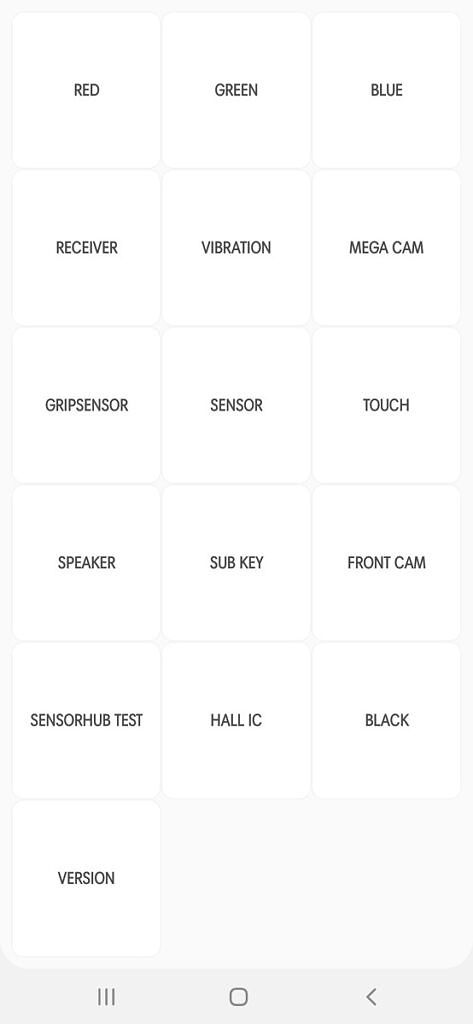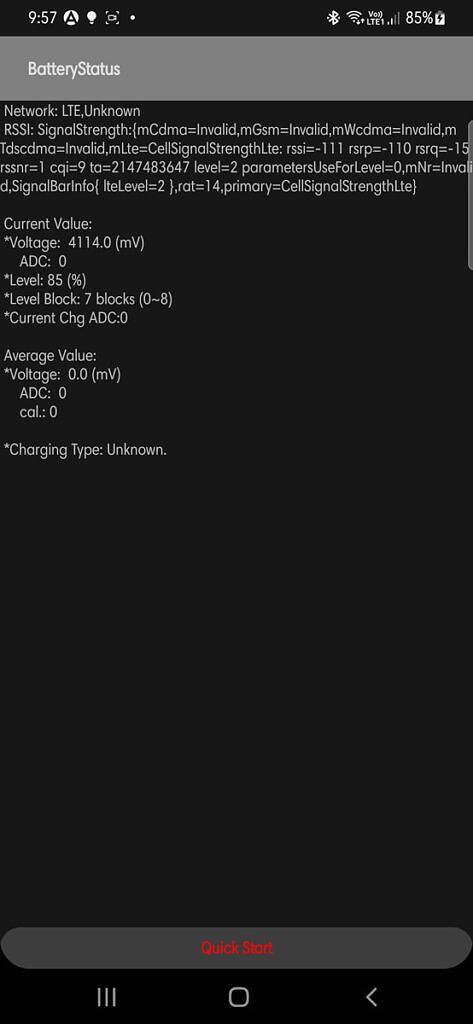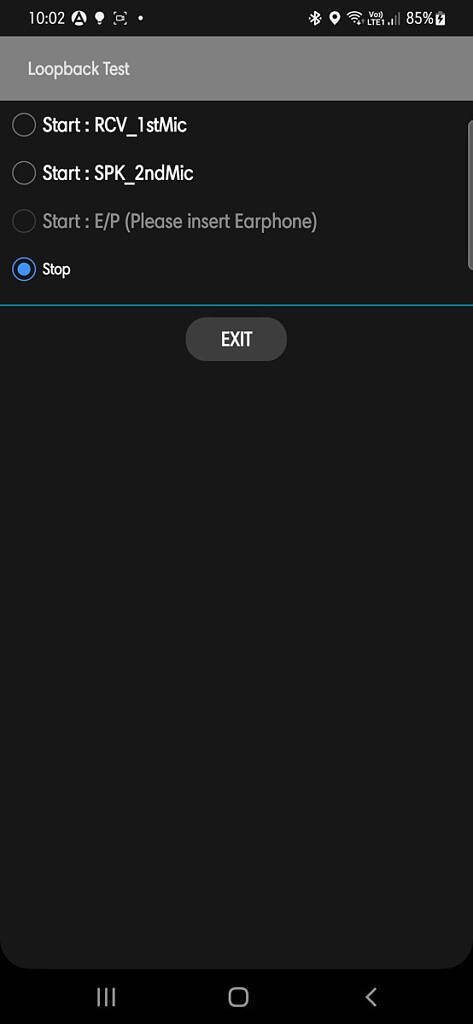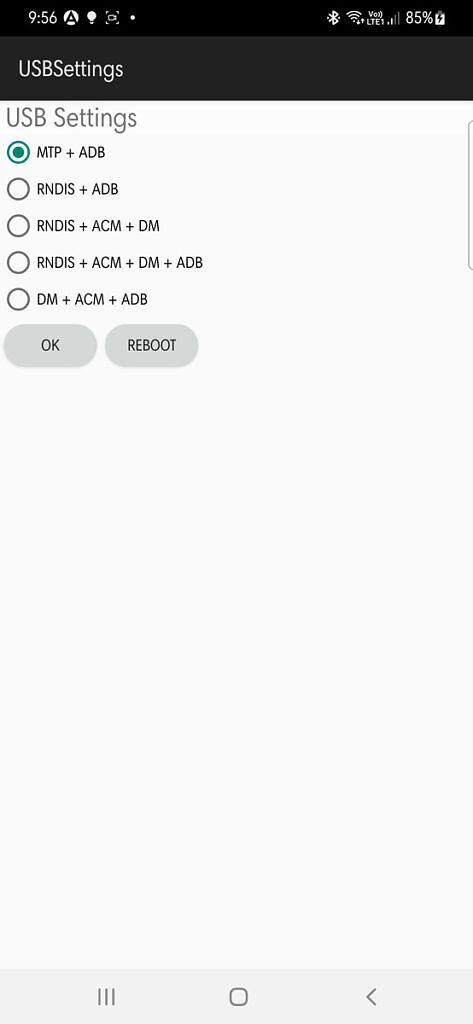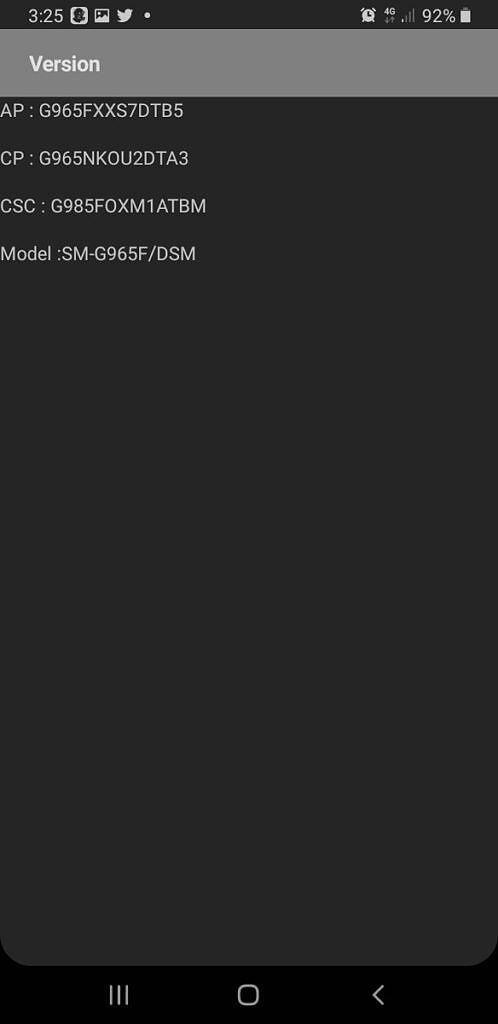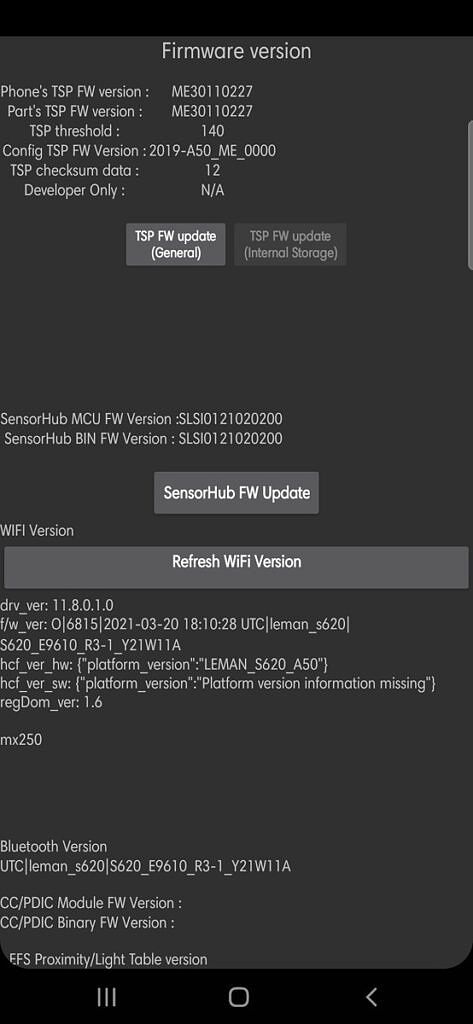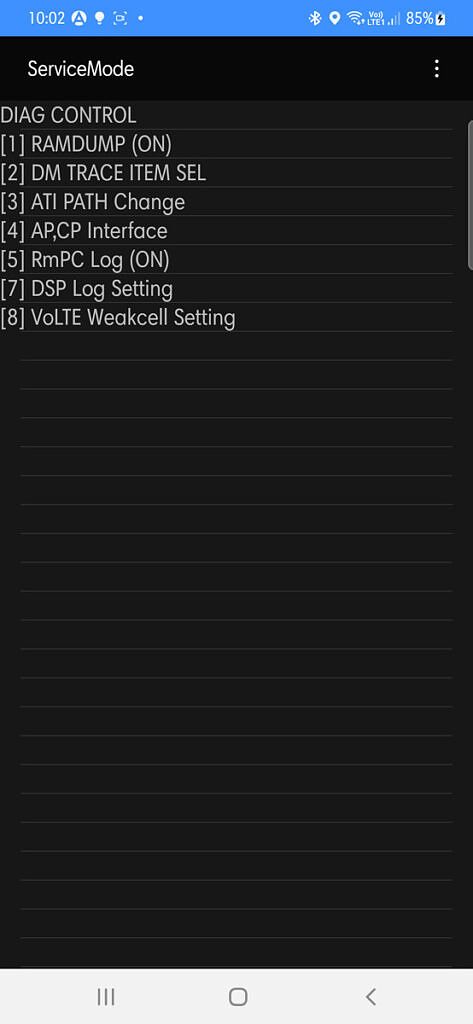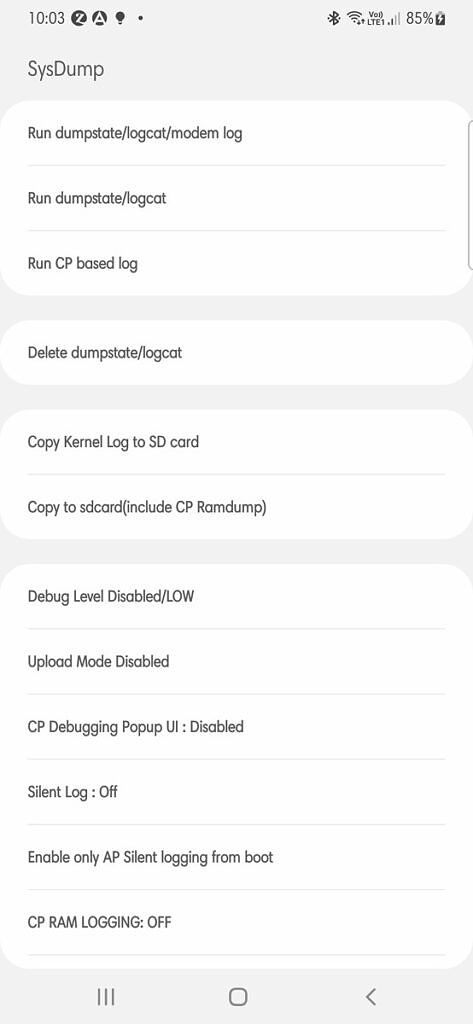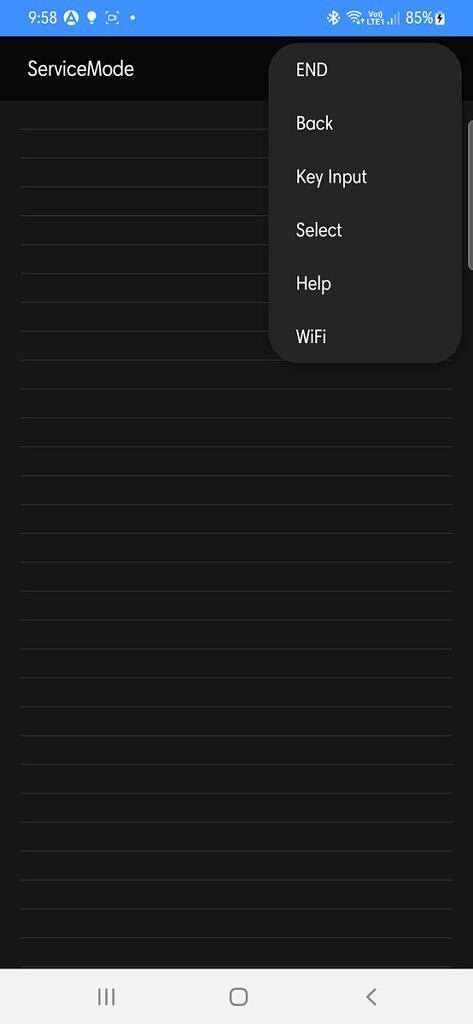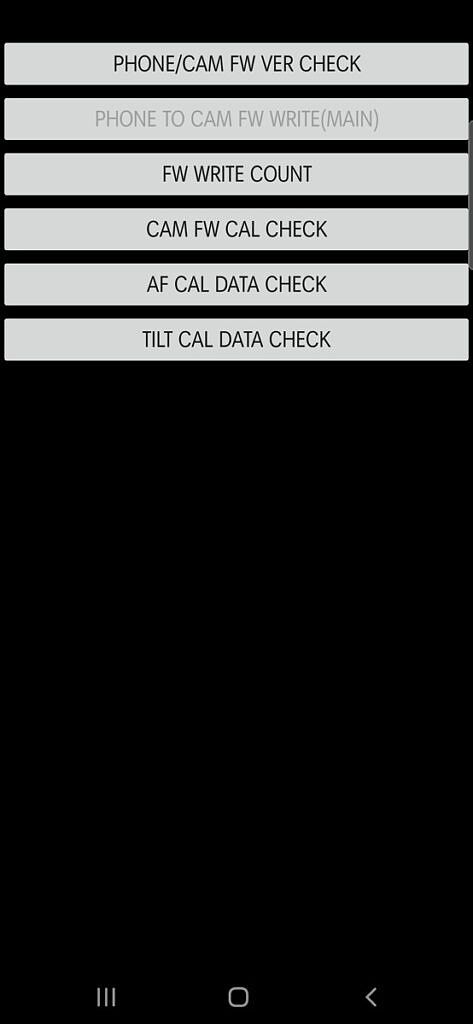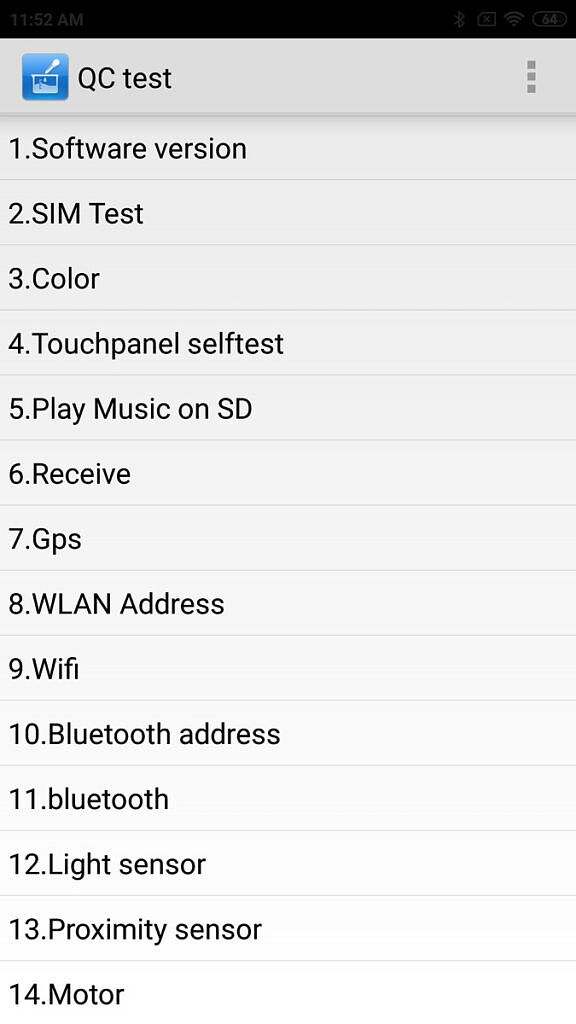Quick Links
Google has numerous hidden features inside its Android OS. Besides the venerable Android version-specific Easter eggs, it is also possible to utilize custom dialer codes to access a plethora of apps and settings that are otherwise unreachable for regular users. Some of these codes are universal, which means you'll get the desired output on any device, whether it's a cheap budget phone or one of the best Android phones. Having said that, custom OEM skins (like One UI by Samsung and MIUI by Xiaomi) and carrier-customized models often come with their own set of hidden codes.
Below you can find a bunch of generic and device-specific Android hidden codes. Give them a try and discover some of the handiest secret functionalities of your phone.
Structure of the Android hidden codes
The so-called hidden codes are basically part of the Man Machine Interface (MMI) schema. These are a bit different from the Unstructured Supplementary Service Data (USSD) codes, although both of them start with an asterisk (*) followed by digits that consist of commands or data. Groups of digits may be separated by additional asterisks. The message is terminated with a hash symbol (#), but custom MMI codes may end with an asterisk as well.
While USSD codes are used to communicate with the mobile network operator's servers for menu-based information services, mobile-money services, and location-based content services, the MMI Supplementary Service codes work completely offline.
Just like USSD, you have to dial the "hidden" codes on the stock dialer app to invoke the corresponding action.
Generic hidden codes
-
*#06#Displays IMEI number(s).
-
*#07#Displays the Specific Absorption Rate (SAR) value of the device.
-
*#*#225#*#*Displays calendar storage information.
-
*#*#426#*#*Displays the Firebase Cloud Messaging (FCM) diagnostics page or information related to Google Play Services.
-
*#*#759#*#*Displays the RLZ Debug UI with Unique Device ID and other data related to application installation. It's also possible to turn on (and off) OEM mode through this interface.
-
*#*#4636#*#*Displays information about the phone, battery, and various network statistics.
Special hidden codes for popular Android brands
The aforementioned generic codes should work on every Android device out there. In case you're looking for OEM-specific codes, take a look at the following index.
Asus
-
*#07# - Displays the regulatory labels.
-
.12345+=(must be entered in the stock calculator app) - Opens the engineering mode.
Google Pixel devices run an enhanced version of vanilla Android, which means you're limited to the generic codes mentioned above.
LG
-
*#546368#*<numeric section of the model number># -
For example, if you have the Sprint variant of the LG V20 (model number LS997), you have to put
*#546368#*997#. - Opens up the hidden service test suite.
Motorola
-
*#*#2486#*#* - Opens up the engineering mode. You may need to boot through the "BP Tools" section in the fastboot interface at least once before trying this code.
-
*#07# - Displays the regulatory information.
Nokia
-
*#*#372733#*#* - Opens up the service mode (also known as the FQC menu).
Nothing
-
*#*#682#*#* - Opens up the offline update tool.
OnePlus
-
1+=(must be entered in the stock calculator app) - Displays the company's motto, "Never Settle," on the calculator app. Note that this code might not work on OxygenOS 12 and above.
-
*#66# - Displays the IMEI and MEID in an encrypted format
-
*#888# - Displays the PCB version of the motherboard of the phone.
-
*#1234# - Displays the software version.
-
*#*#2947322243#*#* - Wipes out the internal memory (use with caution!).
Oppo
-
*#800# - Opens up the factory mode/feedback menu.
-
*#888# - Displays the PCB version of the motherboard of the phone.
-
*#6776# - Displays the software version and additional details.
Realme
Realme UI, the custom-skinned version of Android that you can find on Realme devices, is a fork of Oppo's ColorOS. As a result, all the Oppo-specific codes will work on Realme phones as well.
Samsung
-
*#0*# - Opens up the hardware diagnostic menu.
-
*#011# - Displays network connection and serving cell related information.
-
*#0228# - Displays battery status.
-
*#0283# - Opens up the packet loopback settings.
-
*#0808# - Displays USB settings.
-
*#1234# - Displays the software version and additional details.
-
*#2663# - Displays advanced firmware version menu.
-
*#7353# - Displays the quick test menu.
-
*#9090# - Displays advanced debugging tools.
-
*#9900# - Opens up system dump mode.
-
*#2683662# - Displays advanced service mode.
-
*#34971539# - Displays advanced camera firmware information.
Sony
-
*#*#73788423#*#* - Displays the service menu.
-
*#07# - Displays certification details.
Xiaomi
-
*#*#64663#*#* - Displays the hardware diagnostic menu (also known as the QC test menu).
-
*#*#86583#*#* - Enables VoLTE carrier check.
-
*#*#86943#*#* - Enables VoWiFi carrier check.
-
*#*#6485#*#* - Shows the battery parameters.
-
*#*#284#*#* - Saves a snapshot of software logs in the internal storage for bug reporting.
We hope this guide will get you in and out of hidden menus within Android. We’ll be updating this guide with more such codes for specific phones and OEM skins, so check back again in the future.


